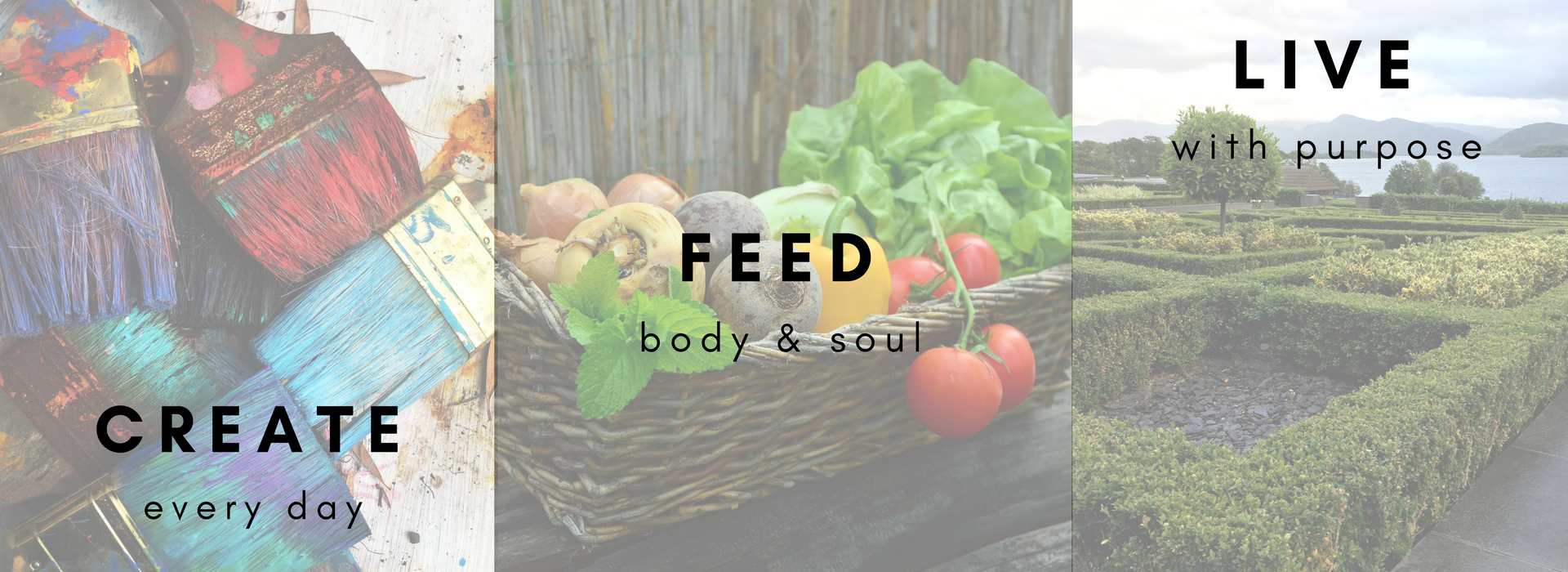In a short amount of time – just over a week – I’ve gone from stumbling through this piece of music to being able to confidently (but not perfectly) play the first page.
I learned to play the piano as a child. My mother is a classically trained musician and music teacher, and I took lessons from her advanced students (you can’t teach your own child was her philosophy). I practiced, sometimes for hours at a time (in my mind), but usually not my lesson songs. I was drawn to show tunes and some popular music (most notably “Nadia’s Theme” also known as the theme from “Young and the Restless.” [listen here]). Sitting at the piano was a form of meditation for me; I could get lost in singing and playing and not worrying about homework or grades or what I was going to do when I grew up.
Despite all that “practicing,” I wasn’t a great pianist. Good enough to make it through a few hymns on Sunday if my mother (the church organist/pianist) was unavailable (and the substitute pianist was also unavailable). Good enough to entertain myself once in a while with a song or two. Good enough to help my children with their lessons.
Recently I started listening to Pandora Radio before bed, and I chose a channel I called “Lullabye Radio.” It has turned out to be a nice variety of contemporary lite music and classical. Often there are beautiful piano concertos, again contemporary and classical. And I started yearning to spend some time at the piano again.
So everyday, I take no more than 10 minutes to sit down and play. I started with Tchaikovsky’s Opening Theme from Piano Concerto No. 1, [YouTube video, but not of me!)] which I randomly selected from my mother’s music cabinet. After a week, I’ve gotten fairly confident about page one. Page two is decidedly harder, but I’m going to start tackling that soon. (My version is shorter than the YouTube video to which I link above).
The point of this rather long winded story is that in a short amount of time – just over a week – I’ve gone from stumbling through this piece of music to being able to confidently (but not perfectly) play the first page. I’ve spent 5-10 minutes a day going over the same piece of music. I don’t sit down with the intention of perfection, but rather the intention of improvement. And each time I get a little better. Better than if I were to have sat for 2 hours straight and repeated the selection over and over. Each day I’m focusing on one thing for that brief amount of time – a form of meditation for me. My spirit is uplifted, I’m refocused and better able to attend to my other tasks of the day.
Do you have a meditative habit that you use to refocus? I’d love to hear about it in the comments below or on my Facebook page.





